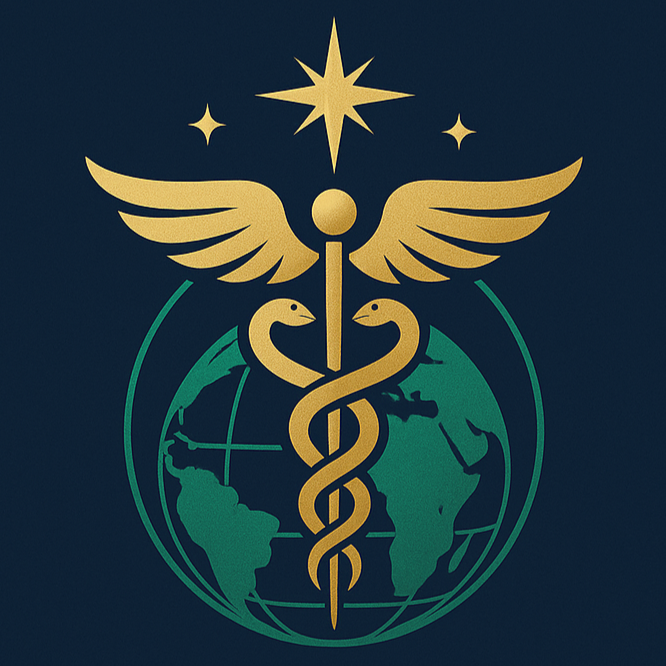Japan Performs World’s First Stem Cell Treatment To Restore Vision
Imagine a world where one's sight, once thought to be permanently lost, can be restored through science. For years, those blinded by corneal damage could only dream of seeing again. Now, a Japanese medical research team has pushed past that boundary with stem cell technology, offering genuine hope of healing.
What Is Limbal Stem Cell Deficiency?
The cornea is the clear, protective outer layer of our eye that focuses light. At its edge lie limbal stem cells, which continually renew corneal tissue. When these cells are damaged or depleted—due to injury, disease, or genetic issues—limbal stem cell deficiency (LSCD) occurs. This leads to chronic pain, inflammation, severe vision loss, and even blindness. Traditional corneal transplants often fail because of tissue rejection or a lack of healthy donors.
How Does Stem Cell Therapy Work?
Professor Koji Nishida's team at Osaka University uses induced pluripotent stem cells (iPSCs). They reprogram a patient's skin or blood cells into iPSCs—which can become almost any cell type—and then coax them into corneal epithelial cells. These cells are grown into a thin sheet and surgically placed over the damaged cornea, where they rebuild healthy tissue.
This approach offers two key advantages:
-
Autologous Source: By using the patient's own cells, the risk of rejection is minimal.
-
Root-Cause Repair: It restores the cornea's natural regenerative ability, treating the underlying problem rather than just the symptoms.
Clinical Trial Results
In a clinical study at Osaka University, four patients with severe corneal damage received this treatment and saw remarkable improvements:
-
Stem cells integrated seamlessly into the cornea, restoring its clarity.
-
No significant rejection or side effects occurred.
-
Patients regained independence—reading, moving around, and enjoying a greatly improved quality of life.
What You Can Do
-
Stay Informed: Follow updates in medical journals or trusted news outlets to track progress.
-
Talk to Your Doctor: If you or a loved one shows LSCD symptoms, ask about relevant clinical trials or advanced therapies.
More Than a Medical Breakthrough
This stem cell treatment doesn't just reconstruct vision—it speaks to humanity's enduring pursuit of renewal and hope. Regaining sight is like the first light at dawn, illuminating both the world and the spirit.
And this is only the beginning. As more therapies emerge, we may witness even more astonishing miracles of life and healing.
日本首例幹細胞療法重建視力的希望
想像一下,一度以為無法挽回的視力,竟能透過科學重現光明。長期以來,角膜受損導致失明的人們只能望天興嘆;如今,日本研究團隊用幹細胞技術打破這個夢想的邊界,帶來真正的治癒曙光。
什麼是角膜幹細胞缺失症?
角膜是我們眼睛的透明保護層,負責聚焦光線。位於角膜邊緣的「角膜幹細胞」不斷更新角膜組織,一旦這些細胞因外傷、疾病或基因異常受損,就會出現角膜幹細胞缺失症(LSCD),導致慢性疼痛、發炎、視力嚴重受損,甚至失明。傳統角膜移植常因組織排斥或缺少健康供體而效果有限。
幹細胞療法如何運作?
大阪大學西田浩二教授團隊採用「誘導多能幹細胞」(iPSCs)。他們先從患者的皮膚或血液細胞「重編程」成具有幾乎所有分化潛能的 iPSC,然後再將它們誘導為角膜上皮細胞,培養成可移植的細胞片。手術時,將這片細胞片覆蓋在受損角膜上,讓幹細胞重建健康的角膜組織。
這種方法有兩大優勢:
-
自體細胞來源——用患者自己的細胞,幾乎不會排斥。
-
根本修復——恢復角膜自我再生功能,不只治標,更能治本。
臨床試驗成果
在大阪大學進行的臨床研究中,4 名重度角膜損傷患者接受該療法後,視力顯著改善:
-
幹細胞成功整合到患者角膜,恢復透明度。
-
無明顯排斥或副作用。
-
患者重獲生活自主,能重新閱讀、走動,生活品質大幅提升。
你可以做什麼?
-
留意最新進展:關注醫學期刊或信賴的新聞報導,了解治療進度。
-
與醫師討論:若你或家人有 LSCD 症狀,可詢問是否有適合的臨床試驗或先進療法。
不僅是醫學突破,更是心靈重生
幹細胞治療不僅重塑了肉眼所見的世界,也映射出人類對「重生」與「希望」的永恆追求。視力重現的奇蹟,一如清晨的第一縷曙光,讓黑暗中的心靈再次被點亮。
這只是開始。未來,隨著更多相關療法問世,我們或將見證更多不可思議的生命奇蹟。

